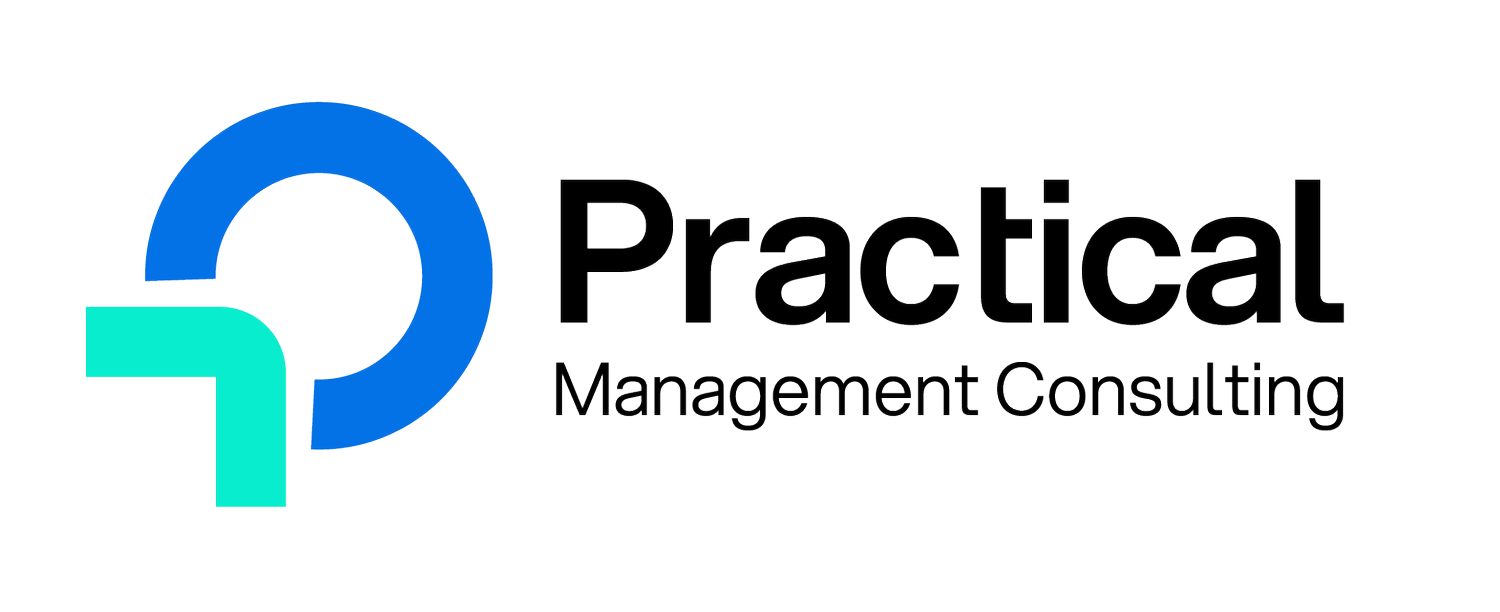Why You Need More Than Traditional Finance to Manage Technology Spend Effectively
Traditional finance teams weren’t built to handle the complexity of IT. Here’s what an ITFM expert brings to the table.
Companies are investing more in technology than ever before — from cloud infrastructure and SaaS platforms to automation, cybersecurity, and AI initiatives. But when it comes to managing the financial side of those investments, many organizations still rely solely on their general FP&A teams.
That’s a problem.
Traditional FP&A professionals are highly capable in areas like budgeting, forecasting, and financial analysis. But they often lack the specific experience needed to evaluate, manage, and monitor technology spending — a domain that plays by very different rules.
If your organization is making serious technology investments, it’s time to bring IT Financial Management (ITFM) into the picture. Here’s why.
1. IT Spending Doesn’t Follow Traditional Rules
IT is not a typical cost center. It’s a mix of capital investments, recurring subscriptions, consumption-based cloud services, and long-term vendor contracts — often with unclear ownership and limited visibility.
Most FP&A professionals are trained to think in terms of departments, static budgets, and quarterly variance analysis. But IT spend cuts across functions, shifts rapidly, and is often tied to evolving business priorities or complex infrastructure changes. Without ITFM expertise, critical spend decisions get miscategorized, misunderstood, or misaligned with the business case.
2. ITFM Brings Business Context to Technical Decisions
While FP&A teams are focused on the what — “What are we spending?” — ITFM focuses on the why and how.
An experienced ITFM consultant understands that a decision to re-platform an application, migrate to containers, or adopt a new SaaS tool is more than a line item. They dig into whether the spend aligns with long-term strategy, how it’s being justified, and whether risks have been accounted for.
That doesn’t mean ITFM professionals influence technical decisions directly — and they shouldn’t. But they can pressure test the financial logic behind those decisions and ensure the organization is getting value, not just a bill.
3. ITFM Bridges the Communication Gap Between Finance and IT
One of the biggest breakdowns in managing IT spend is communication.
IT speaks in terms like environments, workloads, and architecture. Finance talks about budgets, forecasts, and accruals. When these groups don’t understand each other, the result is misaligned priorities, frustrating reviews, and financial decisions that miss the mark.
ITFM professionals speak both languages. They know how to engage with IT leaders on their terms, while still translating those conversations into what Finance needs to manage costs, perform analysis, and maintain financial integrity.
4. ITFM Enables Better Forecasting and Strategic Planning
Technology spend is inherently volatile — cloud consumption changes monthly, vendors increase rates, and priorities shift mid-year. Traditional forecasting approaches often fail to capture this reality.
An ITFM professional builds driver-based forecasts that incorporate:
Actual usage trends
Project timelines
Vendor pricing structures
Internal demand patterns
This improves forecast accuracy, increases trust between IT and Finance, and helps leadership make forward-looking decisions based on real-world dynamics — not just last year’s budget plus a percentage.
5. ITFM Professionals Understand How Technology Scales — But Don’t Make Technical Decisions
A key differentiator is that ITFM professionals understand the fundamentals of how technology works and scales. They don’t need deep technical expertise, but they do need enough context to ask the right financial questions.
They know when cloud spend is likely to spike and whether that aligns with business needs.
They understand the financial implications of increasing user counts, integrations, or storage.
They can spot when due diligence hasn’t been fully done — or when assumptions feel too optimistic.
Importantly, they do not make technical decisions — nor should they.
Instead, ITFM works alongside trustworthy, competent technical leaders, ensuring that the financial side of the decision is clear, sound, and aligned with business goals. Their role is to raise concerns if an investment isn’t affordable, appears unjustified, or lacks proper evaluation — not to second-guess how something should be built.
Closing Thoughts
As technology becomes more central to business strategy, managing it like just another expense line isn’t enough. You don’t need your FP&A team to become cloud experts or software architects — but you do need someone who can bridge the gap between technology and finance.
That’s what ITFM brings: clarity, control, and confidence that your technology investments are not only justified, but sustainable.
Let’s Talk
If your finance team is struggling to keep up with the pace, complexity, or visibility of IT spend — we can help. We offer a free consultation to assess your current process and identify where ITFM can bring structure and alignment.
No pressure, no hard sell — just a conversation to see if we can help.
